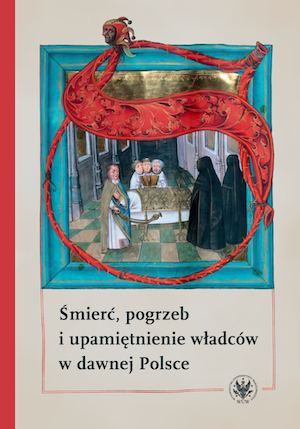Między historią a fantazją. Nekropolia królewska w katedrze na Wawelu w początkach wieku XX
Between History and Fantasy. The Royal Pantheon at Wawel at the Beginning of the 20th century
Author(s): Marek Walczak
Subject(s): Middle Ages, 6th to 12th Centuries, 13th to 14th Centuries, 15th Century, 16th Century, 17th Century, 18th Century
Published by: Wydawnictwa Uniwersytetu Warszawskiego
Keywords: tombstone sculpture; royal pantheon; Wawel Cathedral; iconography; national consciousness; national pantheons
Summary/Abstract: At he end of the restauration conducted under the supervision of Sławomir Odrzywolski (1887-1904) in the Wawel Cathedral, an attempt to reorder the local historical tradition was made. Its most important act was founding monuments to Queen Jadwiga and Władysław Warneńczyk by Karol Lanckoroński, which were commissioned from Antoni Madeyski in Rome. Both works executed in materials carrying entirely different symbolic connotations (white marble and bronze) not only become part of historical studies and reflect on the past, but also constitute national mythology and reflect the past imaginarium, still rooted in romantic tradition. The unappreciated tomb of Władysław III seems a unique work of art, executed with great diligence and embedded in literary and art tradition. The tomb was modelled on the sepulchre of Gaston de Foix, who, leading French troops against the Holy League, was killed at the age of 23 in the battle of Ravenna (1512). He was one of the best-known historical heroes in the 19th century. Władysław III, like Gaston, was killed in a battle at a young age; they were both tragic characters and their deaths could have been interpreted as punishment. Gaston led French royal armies against the pope, Władysław, convinced by the papal nuncio Giuliano Cesarini, broke the truce signed with sultan Murad II in Szeged.
Book: Śmierć, pogrzeb i upamiętnienie władców w dawnej Polsce
- Page Range: 259-276
- Page Count: 18
- Publication Year: 2020
- Language: Polish
- Content File-PDF

